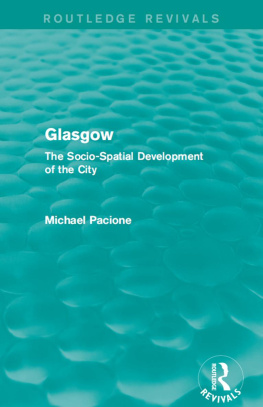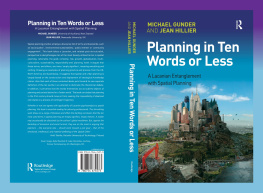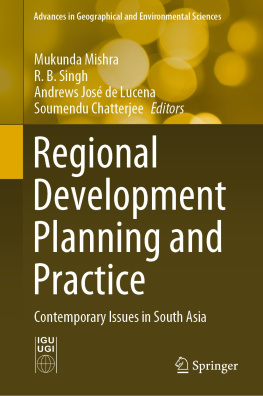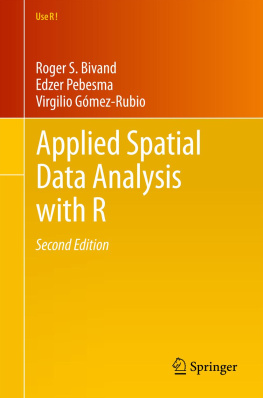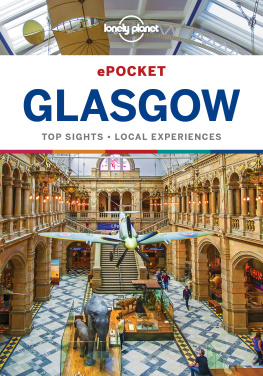Routledge Revivals
Glasgow
First published in 1995, this book employs a historical-geographical approach to illuminate the interaction between the multifarious social and spatial forces which have conditioned the processes and patterns of urban growth and change over time in Scotlands principle city.
The book is organised into two complementary parts. In the first part, a chronological approach is adopted to examine the main agents, processes and patterns underlying the development of the city from its pre-urban origins until the close of the nineteenth century. In the second part, the major issues relating to the socio-spatial development of Glasgow in the twentieth century are the subject of systematic examination. The book uses the geographical approach to synthesise relevant information from a plethora of sources to illuminate the changing geography of the city in a multi-perspective format.
This volume will assist those who are interested to understand the geography of Scotlands principle city, and is an ideal book for students and researchers of urban studies, geography, social science and Scottish studies. It provides a fascinating insight into the structure of a vibrant, dynamic and often misunderstood city.
Glasgow
The Socio-Spatial Development of the City
Michael Pacione
First published in 1995
This edition first published in 2015 by Routledge
2 Park Square, Milton Park, Abingdon, Oxon, OX14 4RN
and by Routledge
711 Third Avenue, New York, NY 10017
Routledge is an imprint of the Taylor & Francis Group, an informa business
1995 Michael Pacione
The right of Michael Pacione to be identified as author of this work has been asserted by him in accordance with sections 77 and 78 of the Copyright, Designs and Patents Act 1988.
All rights reserved. No part of this book may be reprinted or reproduced or utilised in any form or by any electronic, mechanical, or other means, now known or hereafter invented, including photocopying and recording, or in any information storage or retrieval system, without permission in writing from the publishers.
Publishers Note
The publisher has gone to great lengths to ensure the quality of this reprint but points out that some imperfections in the original copies may be apparent.
Disclaimer
The publisher has made every effort to trace copyright holders and welcomes correspondence from those they have been unable to contact.
A Library of Congress record exists under LC control number: 94046872
ISBN 13: 978-1-138-92862-6 (hbk)
ISBN 13: 978-1-315-68166-5 (ebk)
ISBN 13: 978-1-138-92863-3 (pbk)
Glasgow
The Socio-spatial Development of the City
Michael Pacione
To Christine,
Michael John and Emma Victoria
Copyright 1995 by Michael Pacione
Published 1995 by John Wiley & Sons Ltd,
Baffins Lane, Chichester,
West Sussex PO19 1UD, England
National01243 779777
International (+44) 1243 779777
All rights reserved.
No part of this book may be reproduced by any means,
or transmitted, or translated into a machine language
without the written permission of the publisher.
Other Wiley Editorial Offices
John Wiley & Sons, Inc., 605 Third Avenue,
New York, NY 10158-0012, USA
Jacaranda Wiley Ltd, 33 Park Road, Milton,
Queensland 4064, Australia
John Wiley & Sons (Canada) Ltd, 22 Worcester Road,
Rexdale, Ontario M9W 1L1, Canada
John Wiley & Sons (SEA) Pte Ltd, 37 Jalan Pemimpin #05-04,
Block B, Union Industrial Building, Singapore 2057
Library of Congress Cataloging-in-Publication Data
Pacione, Michael.
Glasgow : the socio-spatial development of the city / Michael Pacione.
p. cm. (Belhaven world cities series)
Includes bibliographical references (p. ) and index.
ISBN 0-471-94947-7
1. Glasgow (Scotland) Social conditions . 2. Urbanization Scotland Glasgow. 3. Glasgow (Scotland) History. I. Title. II. Series.
HN398.G56P33 1995
307.760941443dc20 | 94-46872
CIP |
British Library Cataloguing in Publication Data
A catalogue record for this book is available from the British Library
ISBN 0-471-94947-7
Typeset in 10/12pt Palatino from authors disks by Saxon Graphics Ltd, Derby
Printed and bound in Great Britain by Biddles Ltd, Guildford and Kings Lynn
This book is printed on acid-free paper responsibly manufactured from sustainable forestation, for which at least two trees are planted for each one used for paper production.
Contents
7.5 Redevelopment of the Gorbals in the 1960s involved the demolition of tenements and construction of (a,b) tower blocks designed by Basil Spence, 19601966, and demolished in 1993, and (c) deck access flats, demolished in 1987
The primary aim in writing this book was to provide a text that assists academics, students and interested lay people to understand the geography of Scotland's principal city. Put simply, my objective was to enable readers to make a reasoned response to the question Why is the geography of Glasgow as it is?
To accomplish this I have employed a historicalgeographical perspective; a developmental approach that focuses on the socio-spatial interactions that have conditioned the processes and patterns of urban change over time. The book is written from a geographical standpoint, which means, among other things, that a degree of emphasis is afforded to the spatial dimension of the townscape. Understanding of the physical elements of the city, however, is predicated upon the interrelationship between social and spatial processes at local, national and international scales. Society and space are inextricably bound and mutually dependent. Perhaps the most significant and valued characteristic of a geographical approach, however, derives from the eclecticism of the discipline, which requires practitioners to study and incorporate into their analyses relevant knowledge from a wide range of cognate subject areas. In writing this book I have used the synthesising power of geography to introduce pertinent information from a variety of fields, including geology, economics, politics, history, sociology, planning and architecture, to attain the goal of illuminating the urban geography of the city. I have also sought to combine in my writing analytical description, historical narrative and consideration of thematic issues over space and time, as well as selecting case studies to illustrate key developments.
The book is structured in two complementary parts. The first five chapters. employ a chronological approach to examine the main agents, processes and patterns underlying the development of the city from its pre-urban origins until the close of the nineteenth century. The opening chapter describes the physical geography and natural resources of the city-region, and discusses the early settlement of the area and the events leading to the emergence of an ecclesiastical town and burgh in the twelfth century. focuses on population and society in nineteenth-century Glasgow, and on the civic response to the social problems created by rapid urban growth.


